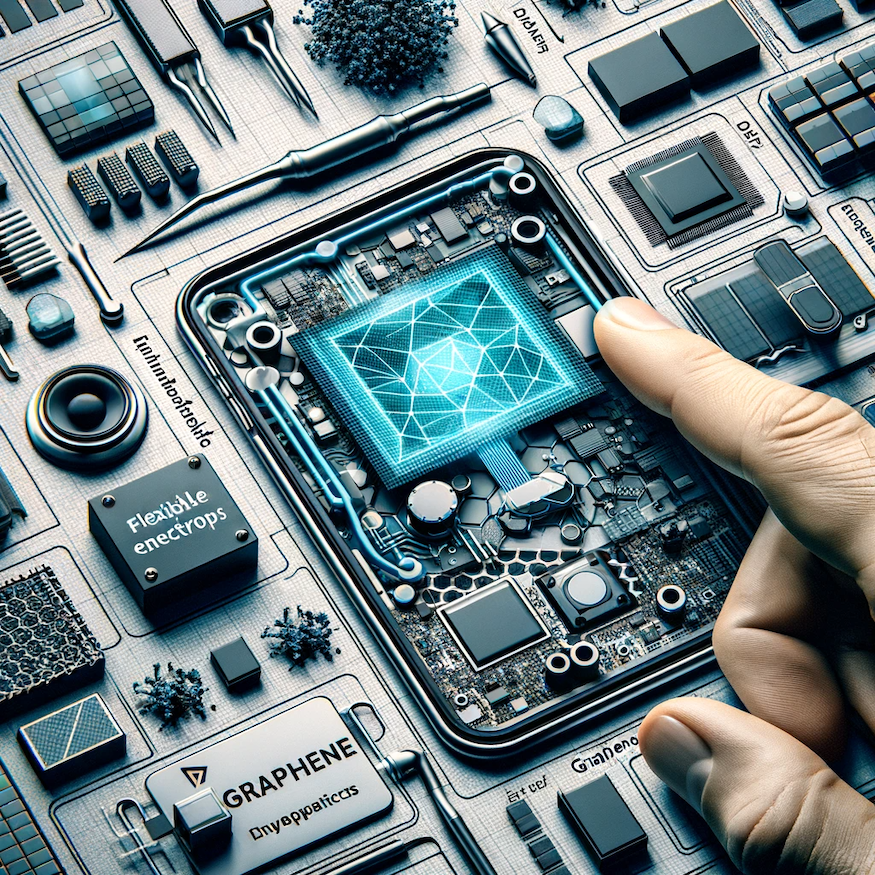
Graphene's exceptional properties have positioned it as a potential alternative to silicon in electronics and integrated circuits, and as a foundation for advanced superconductors.
Its significance in the electronics field is underscored by global research focusing on both material production and integration into devices. Notably, IBM's development of graphene transistors achieved frequencies up to 300 GHz, while Samsung's Barristor, a silicon-graphene transistor, opens possibilities for microprocessors operating at hundreds of GHz, possibly reaching terahertz frequencies.
Graphene is already used in products like paints, electronic ink, fast-charging batteries, and tennis rackets, exemplified by Novak Djokovic's Head Graphene 360 racket.
Future applications are promising, with potential in unique electronic and optoelectronic devices. Researchers like MIT's Pablo Jarillo-Herrero anticipate transformative advances, although predicting widespread consumer availability of graphene-based electronics, such as phones and flexible tablets, remains challenging. Graphene's future in microchip and transistor manufacturing is notable, with its properties enabling flexible, foldable devices.
Here are 10 ways graphene will influence electronics:
- Ultra-fast data transmission.
- Development of flexible, durable displays.
- Enhanced battery life for devices.
- Miniaturization of electronic components.
- Improved thermal management in devices.
- Advancements in wearable technology.
- More efficient solar cells.
- High-speed, graphene-based transistors.
- Enhanced sensitivity in sensors.
- Breakthroughs in wireless communication technology.
Graphene is revolutionizing the electronics industry:
Efficiency in Processing: Graphene's high electron mobility allows for faster processing speeds in electronic devices, surpassing traditional semiconductors like silicon.
Energy Consumption: Devices utilizing graphene are more energy-efficient, conserving power without sacrificing performance.
Strength and Flexibility: Graphene's mechanical strength enables electronic devices to withstand higher voltages and physical stress.
Thermal Management: Its excellent heat dissipation properties reduce the need for complex cooling systems, simplifying device design.
Potential Applications: Graphene is being explored for use in advanced semiconductor technologies, flexible displays, high-speed transistors, efficient solar cells, and more.






